Web Design Mistakes That Will Hurt Your SEO Efforts
You have designed an amazing and beautiful website. You have experimented with complex layouts, designs, and even played around with animations. You have included mind-blowing media files and themes that are sure to captivate your visitors. But how come is your site still getting little traffic with all these efforts?
The answer is simple. You may have forgotten that websites are built not just for users but for search engines as well. They need to provide a fantastic user experience while still being search engine friendly. Those websites ranking high on search results are optimized for both users and search engines. You may not be aware of it, but your intention to provide your visitors with a one-of-a-kind site may just be hurting your chances at beating your competition.
With these in mind, here are some of the most common web design mistakes you need to avoid to ensure excellent SEO results. You may also want to check out:The best SEO plugins to get more traffic to your WordPress website.
Missing or bad <h1> tags
The <h1> or heading 1 tag is one of the most vital elements of SEO and website design. It is the title of the page itself or blog post headline. Moreover, it is one of the first things that search engine crawlers will look for to know what your site is all about to rank and compare it to other sites.
In order for your H1 tag to be effective, it should contain the target keyword you are aiming to rank in. An h1 that is worded intelligently will boost your site’s search engine ranking.
Not Being Mobile Friendly
Search engines will also punish you if your website is not mobile-friendly. Mobile researches are becoming more common nowadays, and search engines are aware of this that is why they have made some adjustment on their rankings putting more emphasis on whether your site can handle tablet and mobile devices as well.
A website with a responsive design will provide your visitors with a reliable user experience no matter what type of device they are using. Create a website that will look stellar in any device since it can also increase your site’s user engagement and lessen its bounce rate. Find out more about why your website needs to be responsive.
Infinite Scroll
An infinite scroll feature allows page visitors to keep scrolling down a site as more information is loaded. This is a popular technique since it is a great way to keep your readers engaged, but it can harm your SEO efforts if not done correctly.
By default, only ten blog posts are allowed for each page. So even if it may sound convenient to have all of your 30 or more blog posts viewed by your visitors in one page, search engine crawlers will only crawl the first ten, while the rest will not be registered at all.
If you want to use infinite scrolling, make sure to be wise in choosing which blog page should have it. Information pages such as Contact and About Us can take advantage of this feature.
Using Popups
The first word that comes to mind when you think of popups is annoying, right? In fact, Google and other search engines have recommended avoiding the use of too many popups since they are very disruptive. They also compromise user experience, especially when using mobile phones while navigating a website.
As mentioned earlier, your website’s user experience plays a big part at SEO. Therefore, using a lot of popups will have a negative impact on your rankings. Although it is a good tool to increase email signups and sales, it can be quite obstructive so make sure to assess your popup strategy. Make it relevant, and it should give value to users so that they will not feel the intrusion.
Large Media Files
There is no doubt that images and videos with high-resolution can make a website look impressive. However, be wary of their size as large media files can slow down the speed of your site.
Slower loading times can result in lower rankings since search engine crawlers do not like slow websites. Google will likewise drop its ranking if it does not meet its optimum site speed. Furthermore, this can also make your visitors impatient and will most likely encourage them to leave your site.
Fortunately, there are tools which can help you find out if your media files are considered by Google to be too big such as the Google PageSpeed Insights Test.
Duplicate Content
We all knew since we were young that plagiarism is a bad thing, and that applies online as well. Always keep in mind that when it comes to SEO, a site with duplicate content never ranks. So no matter how daunting it is, only create and publish unique and original content. If you are too busy to produce one, consider investing in a content writer so that your page will always have fresh content.
When designing a website, there are certain things you need to consider such as loading speed, responsiveness, conversion rate optimization, etc. Providing the best user experience will not only provide a good first impression on your potential clients, but you will also impress Google.
Consider these tips when creating a new website or redesigning what you currently have and let us know the positive results by commenting below!
Aileen Cuaresma
Aileen is a Technical and Creative writer with an extensive knowledge of WordPress and Shopify. She works with companies on building their brand and optimizing their website. She also runs a local travel agency with her family. On her free time, she loves reading books, exploring the unknown, playing with her two adorable dogs, and listening to K-pop.

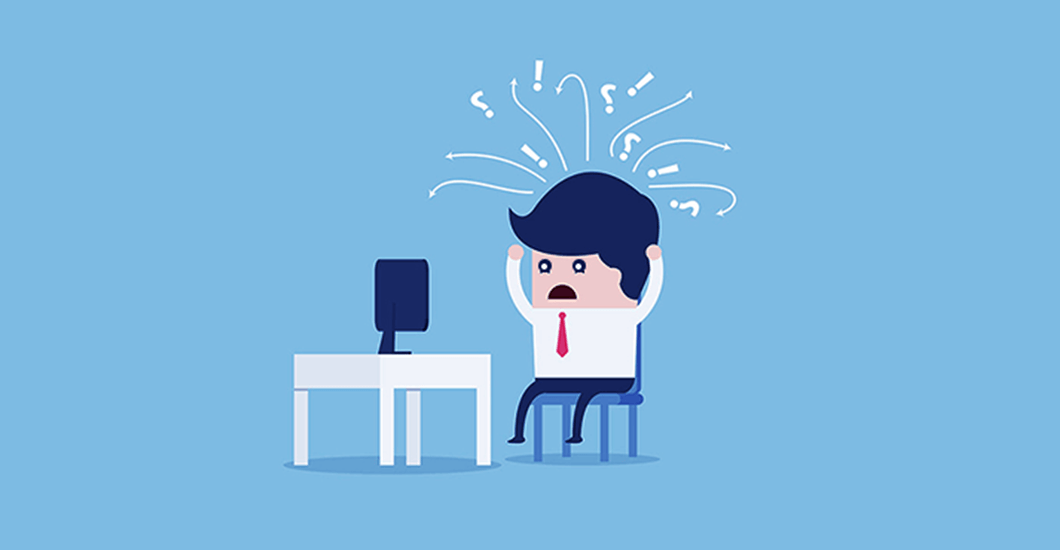




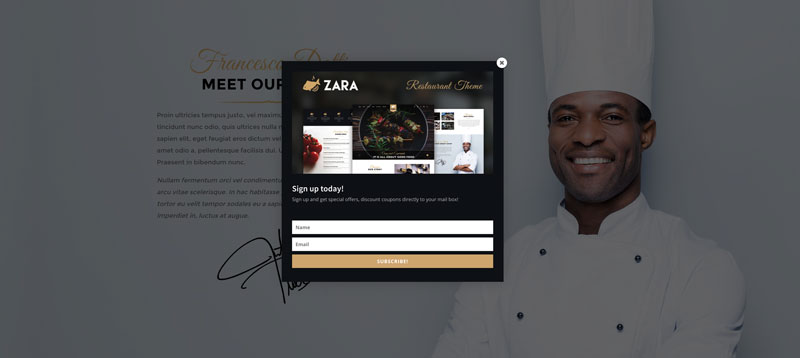

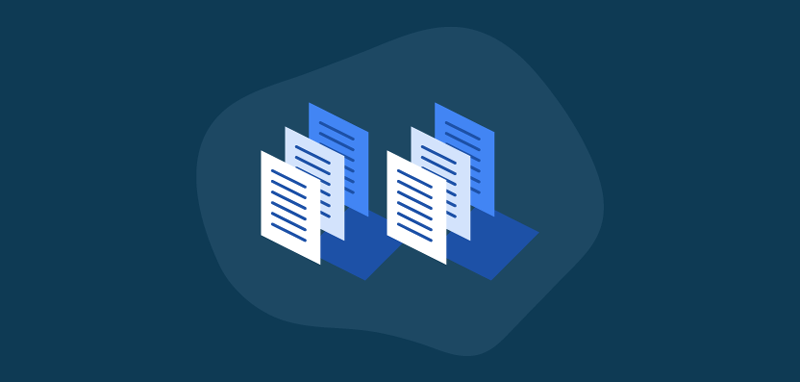

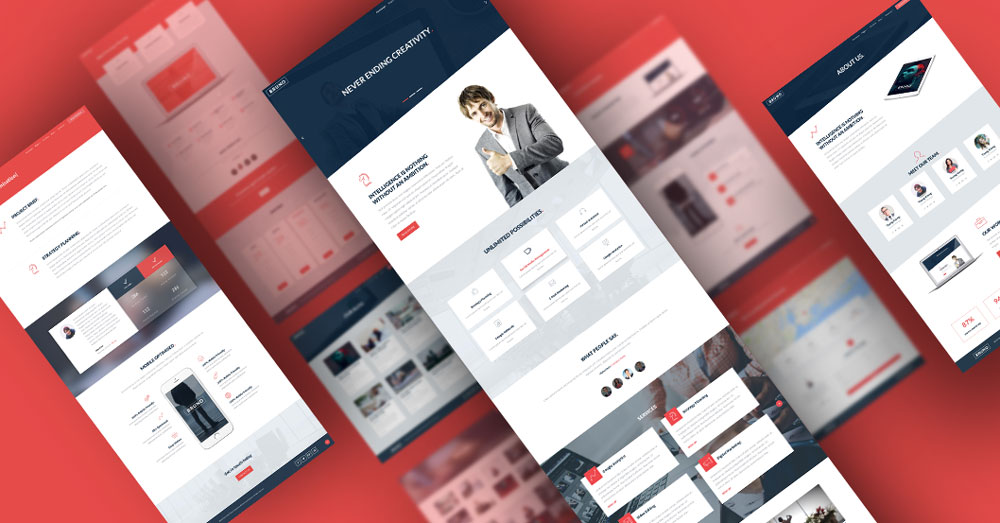
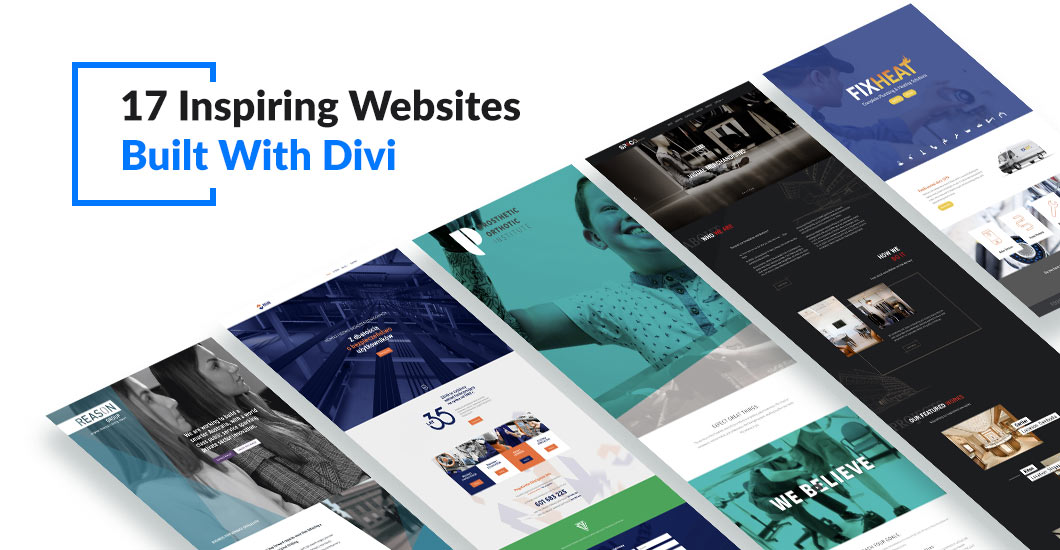
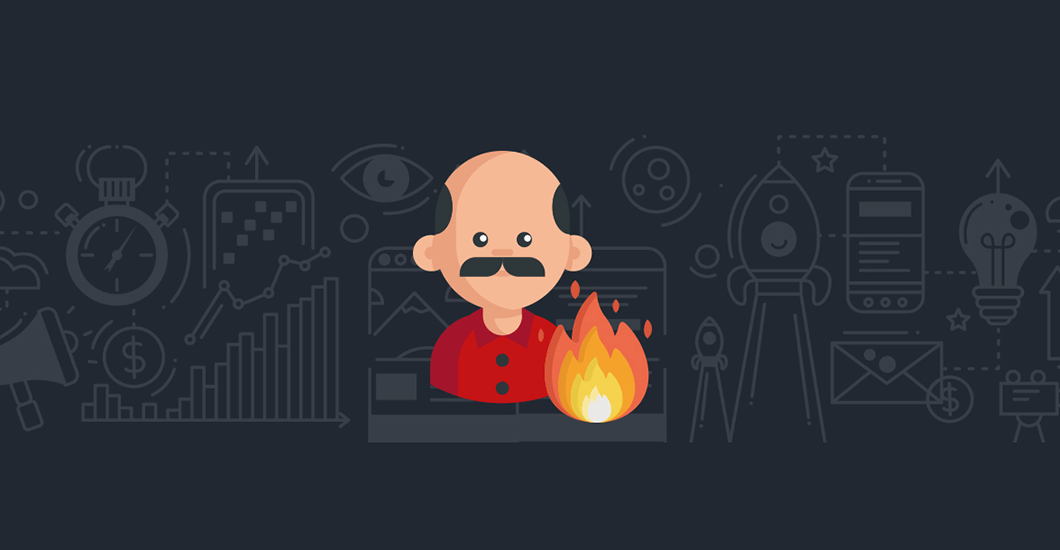
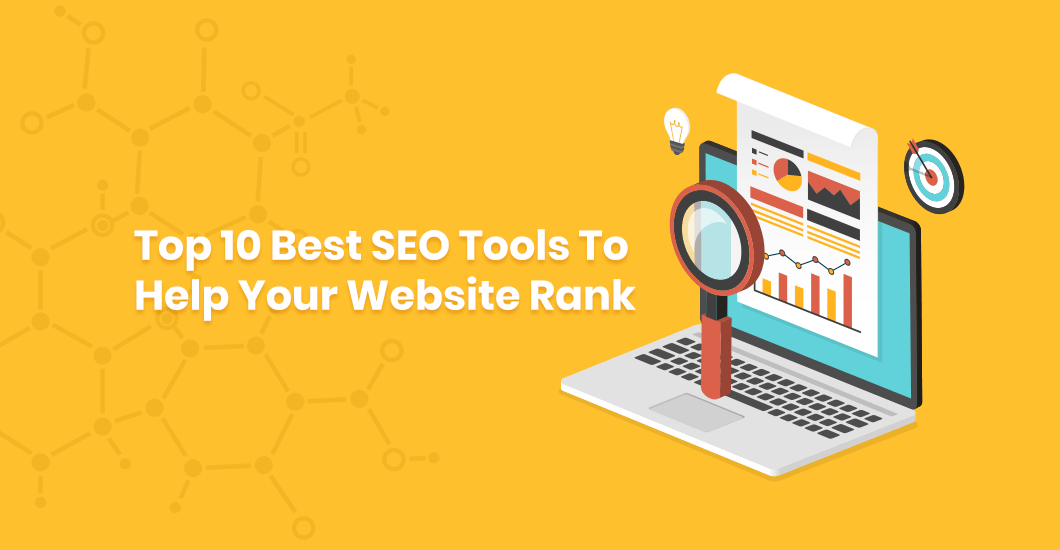
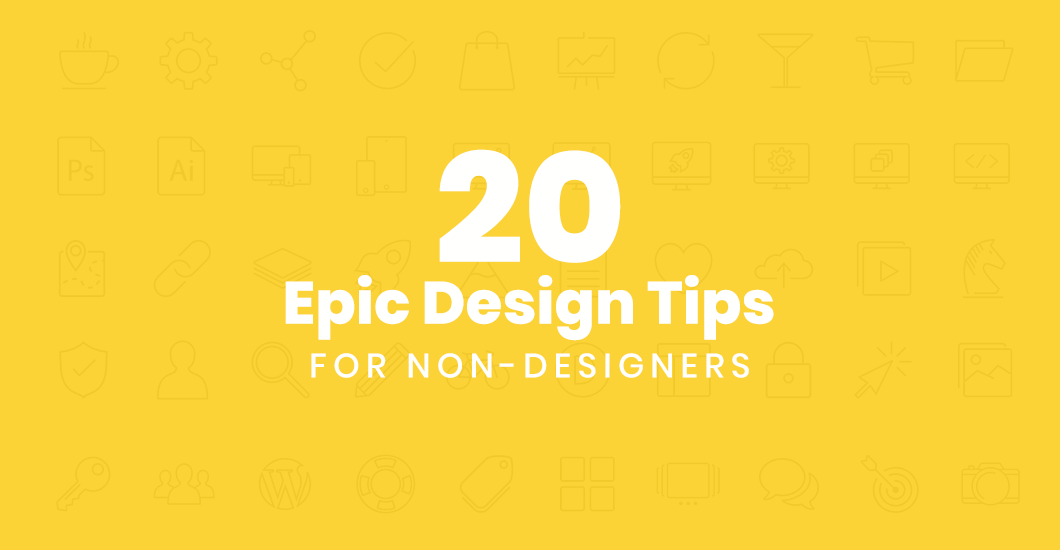
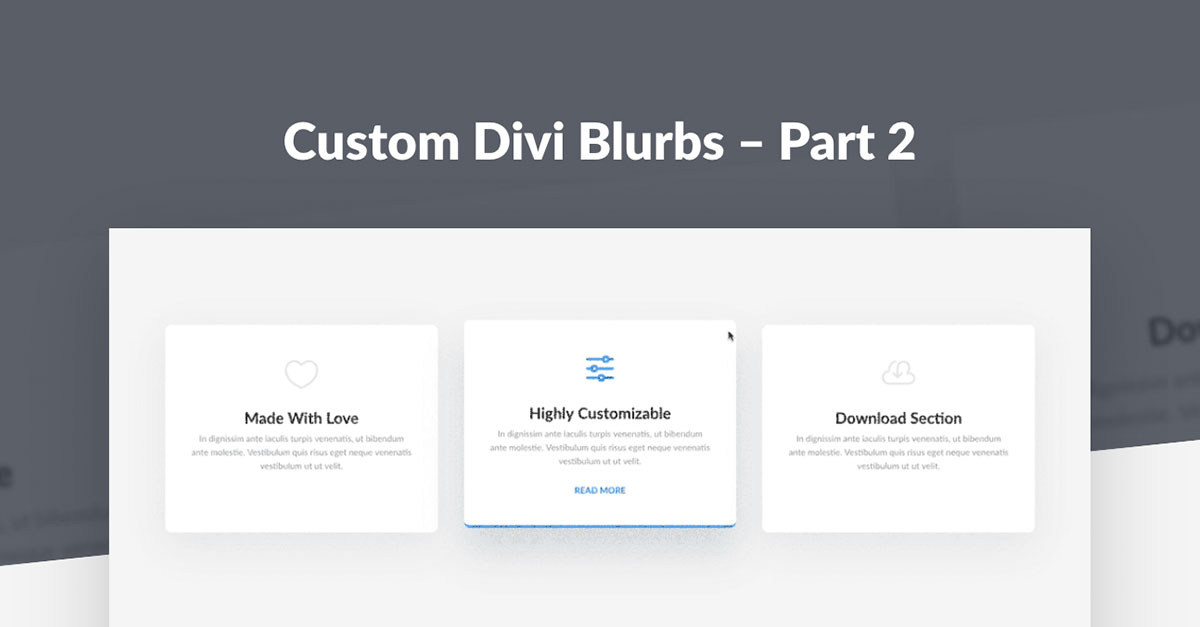
It’s really helpful for me. Thanks.